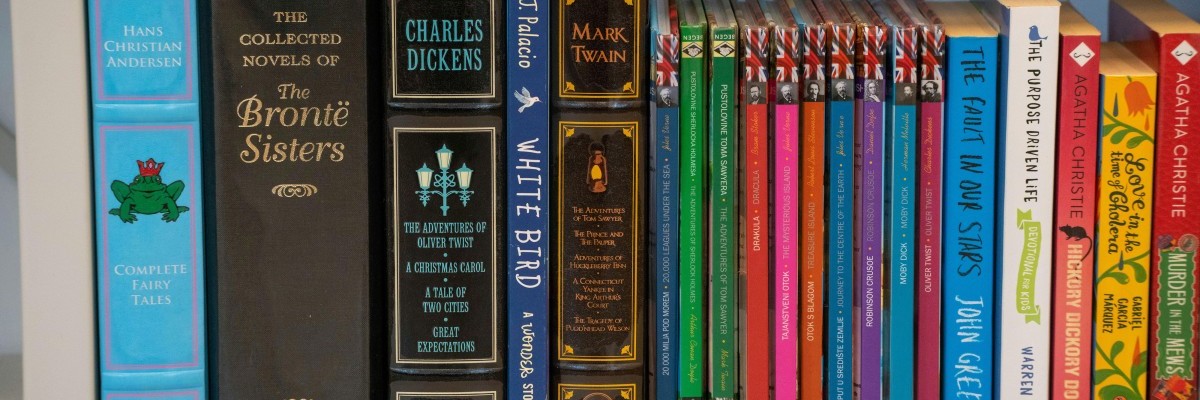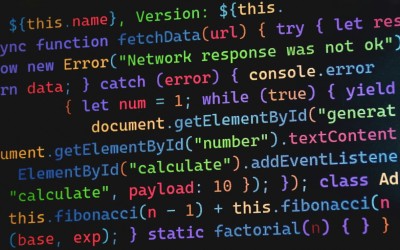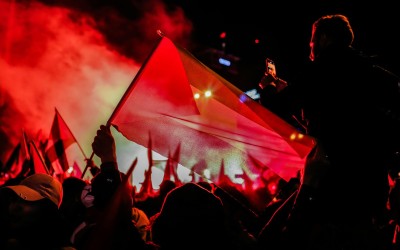In the ever-evolving landscape of technology, artificial intelligence (AI) stands as a beacon of innovation, promising to revolutionize countless aspects of daily life. Among its many applications, AI's foray into the realm of creative writing has sparked intense debate. On one hand, it offers the tantalizing possibility of vanquishing the age-old nemesis of every writer: writer's block. On the other, it raises concerns about the potential stifling of human creativity. This blog post will delve into the dual-edged nature of AI in the world of writing, exploring how it might simultaneously eliminate writer's block and impede creativity.
The Nature of Writer’s Block.
Writer’s block is a condition that has afflicted writers for centuries. It is often described as a creative paralysis, a mental state where the words simply refuse to flow. This blockage can be rooted in various causes, from self-doubt and fear of criticism to a lack of inspiration or external pressures such as deadlines. Writer’s block is more than just an inability to write; it is often accompanied by a sense of frustration and anxiety, making it a significant hurdle for writers to overcome.
AI as a Solution to Writer’s Block.
AI's potential to combat writer's block lies in its ability to generate ideas, suggest structures, and even produce initial drafts, thereby providing the necessary spark to ignite a writer's creativity. Tools like OpenAI's GPT-3 can assist by generating text based on prompts, offering writers a starting point when they find themselves staring at a blank page. This can be particularly beneficial for professional writers who face tight deadlines and need to produce content consistently.
Moreover, AI can analyze vast amounts of data to identify trends and suggest topics that are resonating with audiences, which can be invaluable for content creators seeking inspiration. By alleviating the pressure of coming up with original ideas from scratch, AI allows writers to focus on refining and personalizing the content, rather than struggling to generate it.
The Creative Process and the Role of Human Emotion.
Creativity, however, is not just about generating content; it's about imbuing it with emotion, depth, and personality. The creative process is inherently human, involving a complex interplay of emotions, experiences, and cultural contexts. It is through these unique perspectives that writers can craft narratives that resonate with readers on a profound level.
AI, in its current form, lacks the ability to fully understand and replicate the nuances of human emotion. It can mimic patterns and generate text that appears coherent, but it does not experience emotions or understand context in the way humans do. This limitation poses a significant challenge when it comes to producing truly original and emotionally resonant content.
The Risk of Homogenization.
A significant concern with the increasing reliance on AI in writing is the potential for homogenization of content. AI algorithms are trained on vast datasets, which often include existing works of literature, articles, and online content. As a result, the text generated by AI tends to reflect existing patterns and styles. While this can be useful for generating conventional content quickly, it risks perpetuating existing biases and reducing diversity in writing styles and perspectives.
The beauty of human creativity lies in its diversity. Each writer brings a unique voice to their work, shaped by their individual experiences and worldview. If AI-generated content becomes the norm, there is a risk that this diversity could be diminished, leading to a more homogenized literary landscape.
AI as a Collaborative Tool.
Despite these concerns, AI should not be viewed solely as a threat to human creativity. Instead, it can be seen as a collaborative tool that complements the writer's skill set. By automating repetitive tasks and providing new avenues for inspiration, AI can free writers to focus on the creative aspects of their work that require human insight and intuition.
For example, AI can handle tasks such as data analysis, trend identification, and even basic editing, allowing writers to dedicate more time to crafting compelling narratives and developing complex characters. In this way, AI serves as an enabler rather than a replacement, enhancing the creative process rather than detracting from it.
The Ethical Implications.
The integration of AI into the creative process also raises important ethical considerations. Issues of authorship and intellectual property become complex when AI is involved in content creation. Who owns the rights to a piece of writing generated by an AI tool? Is it the creator of the AI, the user who provided the prompts, or a combination of both? These questions highlight the need for clear guidelines and regulations to ensure fair attribution and compensation in the age of AI-assisted writing.
Additionally, there is a concern about the accessibility of AI tools. If only large corporations or individuals with significant resources can afford advanced AI tools, there is a risk of increasing inequality in the writing industry. Ensuring equitable access to AI technology is crucial to maintaining a diverse and vibrant literary ecosystem.
The Future of Writing.
As AI continues to evolve, its impact on the world of writing will undoubtedly grow. The challenge lies in harnessing its potential while safeguarding the essence of human creativity. Writers must find a balance between leveraging AI’s capabilities and preserving the unique qualities that make their work distinct.
In conclusion, AI's role in writing is a double-edged sword. It has the potential to eliminate writer's block by providing inspiration and assistance, but it also poses a risk to creativity by encouraging homogenization and raising ethical concerns. The key lies in using AI as a collaborative tool, one that enhances rather than replaces human creativity. By doing so, writers can navigate the evolving landscape of technology while preserving the art of storytelling that has defined humanity for millennia. As we stand at the crossroads of innovation and tradition, the future of writing will depend on our ability to embrace change while honoring the timeless craft of writing.




